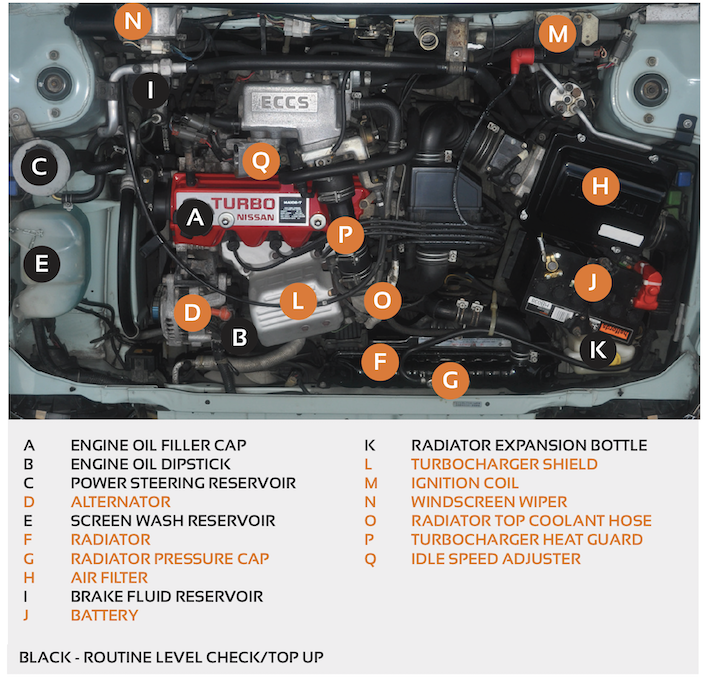How to Identify a Car Engine
1. Look at the Engine Code
The engine code is a unique identifier that is typically found on a metal plate attached to the engine block. It is usually a combination of letters and numbers, and it can be used to identify the specific make, model, and year of the engine.
2. Check the Displacement
The displacement is the volume of air that the engine’s cylinders can hold. It is typically measured in cubic centimeters (cc) or liters (L). The displacement can be found on the engine’s specifications plate or in the owner’s manual.
3. Look at the Number of Cylinders
The number of cylinders is the number of combustion chambers in the engine. It can be determined by looking at the engine’s configuration. For example, a V6 engine has six cylinders arranged in a V-shape, while an inline-4 engine has four cylinders arranged in a straight line.
4. Check the Valve Train
The valve train is the system that opens and closes the valves in the engine. It can be identified by looking at the top of the engine. The valve train will typically consist of a camshaft, rocker arms, and valves.
5. Look at the Fuel System
The fuel system is the system that delivers fuel to the engine. It can be identified by looking at the engine’s intake manifold. The fuel system will typically consist of a fuel injector, a fuel rail, and a fuel filter.
6. Check the Ignition System
The ignition system is the system that provides the spark that ignites the fuel in the engine. It can be identified by looking at the engine’s distributor cap. The ignition system will typically consist of a spark plug, a coil, and a distributor.
7. Look at the Exhaust System
The exhaust system is the system that removes exhaust gases from the engine. It can be identified by looking at the engine’s exhaust manifold. The exhaust system will typically consist of a catalytic converter, a muffler, and a tailpipe.
By following these steps, you can easily identify the engine in your car. This information can be helpful when troubleshooting problems, performing maintenance, or upgrading your engine.





